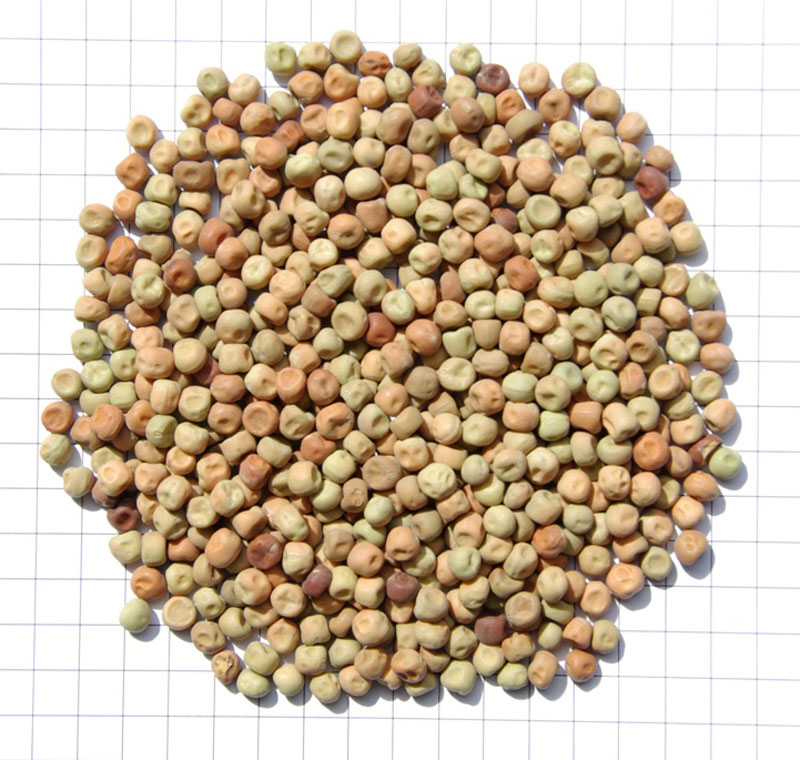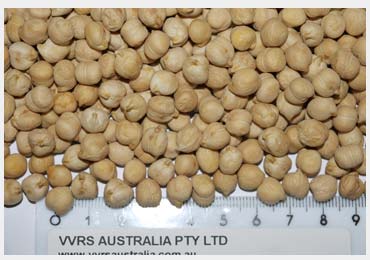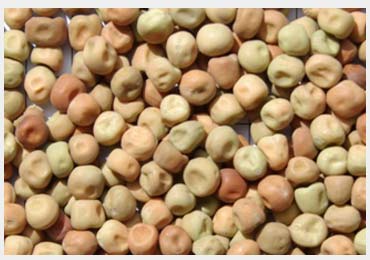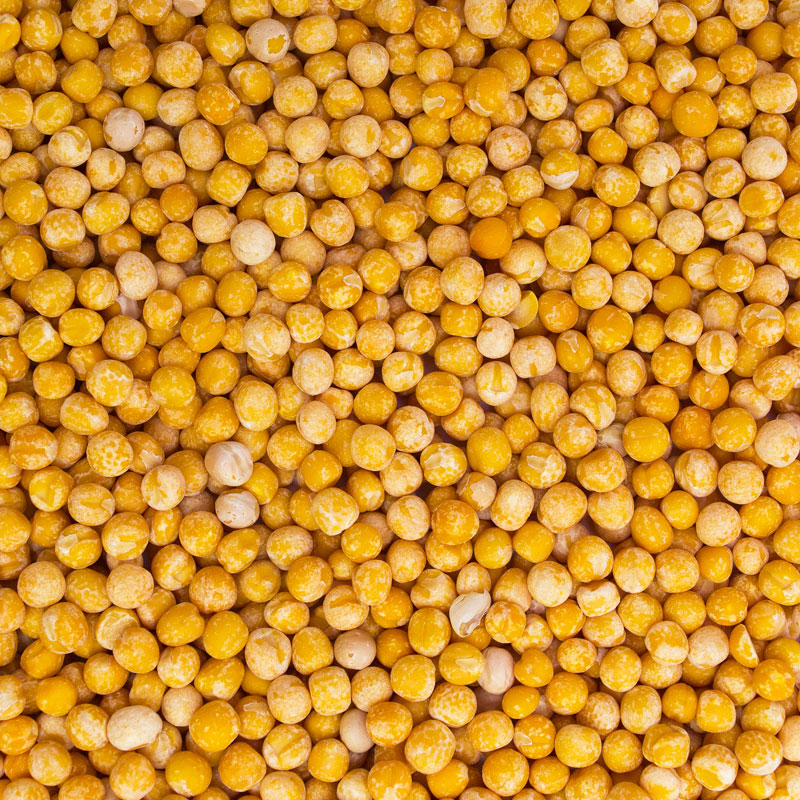BRISBANE: +61 7 350 36778 MELBOURNE : +61 3 994 84091 SYDNEY: +61 2 802 28423

Dun Peas are made available by us in large quantities from some of the best vendors. Dun peas are majorly grown in Australia and are a part of many delicious cuisines. Cultivated under controlled conditions, the Dun Peas made available by us are highly acclaimed for their taste, freshness and nutritional content.
Over half the domestic field pea production goes to the dry pea market or for planting seed used by growers of fresh garden, frozen or canning field pea. The smooth, green- and yellow-seeded varieties are used for human consumption as dry split field pea.
Field pea have high levels of the essential amino acids, lysine and tryptophan, which are usually low in cereal grains. Consequently, field pea can supplement the low amount of protein present in food and feed processed from cereal grains. Field pea is used as protein concentrates for livestock and is popular pigeon feeds.
Field pea flour is valued not only as a vegetable protein source but also, in part, due to its unique functional properties. The use of vegetable proteins as functional ingredients in the food industry is increasing and special attention has been given to the use of field pea because they are already an accepted part of the human diet throughout the world. The viscosity of slurred pea flours makes them useful in aqueous food systems.
Field pea also contains proteases, tannins, and lections, etc. which may reduce livestock feed gain when present at too high a concentration in a diet. However, it has been shown that partial or complete replacement of soybean meal with pea screenings (in a barley diet for hogs) did not reduce growth rate or efficiency of feed conversion. Field pea may be grown as a forage crop, for hay, pasturage or silage.
Field pea grown in a mixture with oat, barley or triticale yields more dry matter per acre than a straight pea culture and the field pea stand more erect which makes the crop easier to harvest. Protein content and feeding value of the forage is increased-by the addition of peas to the seeding mixture.
A mixture of 2/3 field pea and 1/3 oat can be seeded with alfalfa or clover as a companion crop. The highly populated stand reduces weed competition, allows for one or two alfalfa cuttings following the pealage harvest. Harvest is recommended when field pea is in full bloom and oat is beginning to head. In southern states, field pea is grown as a fall-sown cover and green manure crop. As a green manure crop, field pea returns approximately 25 lb/acre of nitrogen (N) to the soil. The cream-colored varieties commonly grown in Minnesota and Wisconsin are used for feed or as seed for forage production. The tender shoots of field pea may be cut and used as salad greens. A considerable proportion of field pea is exported, primarily to Europe.



